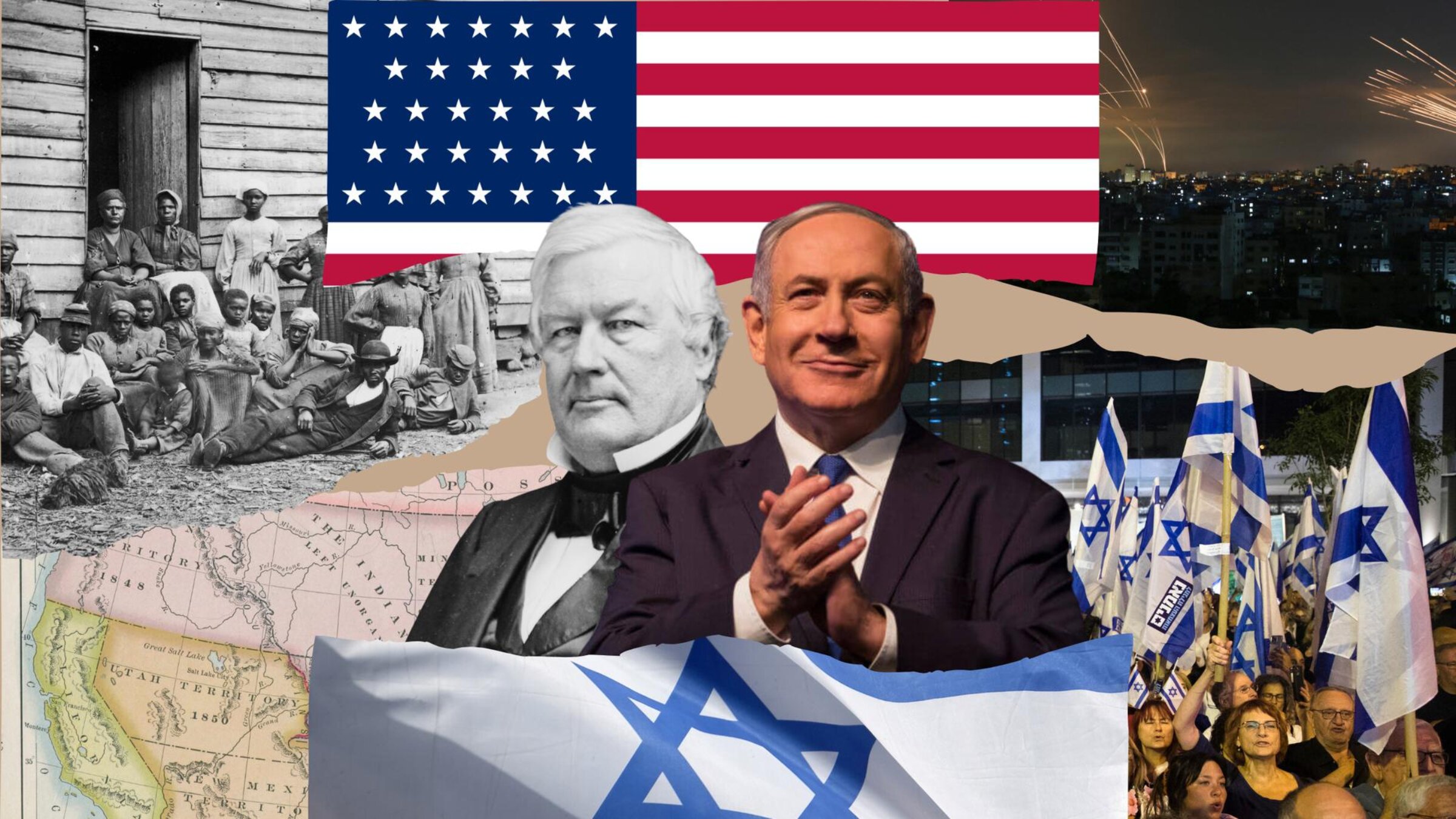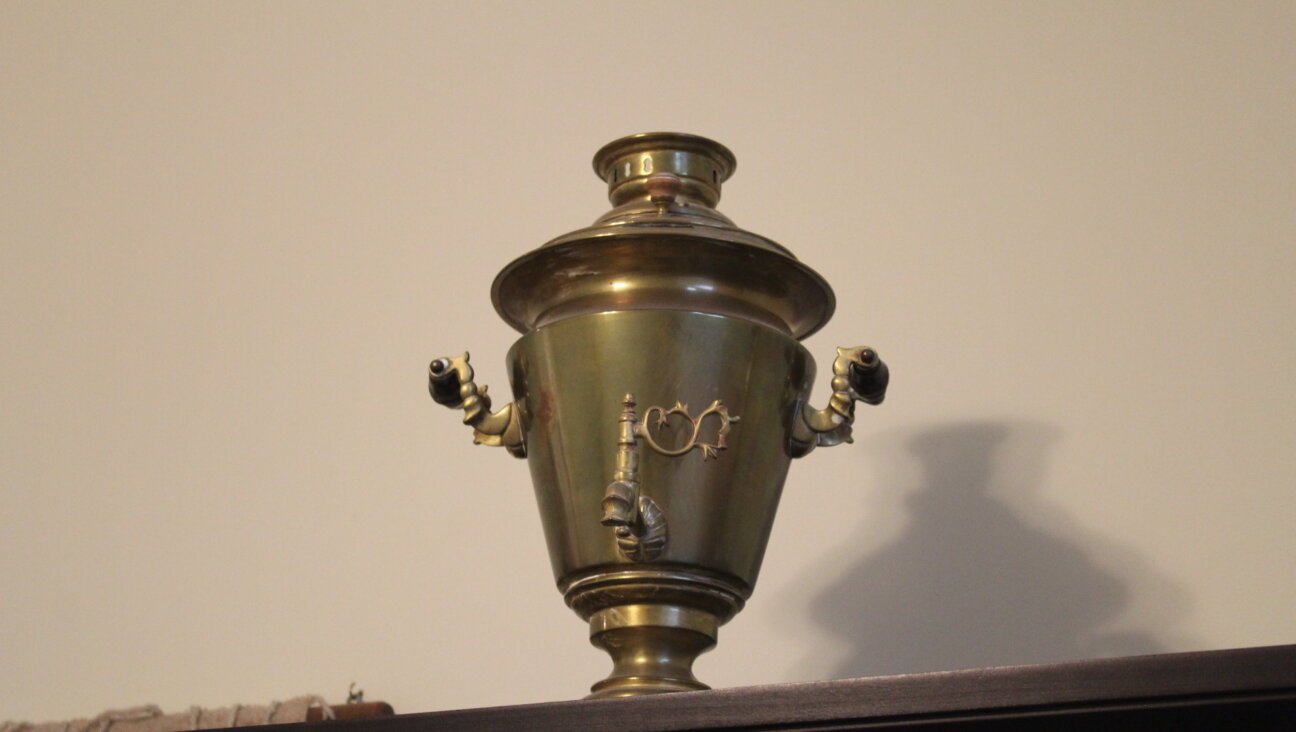Before you fire off that hate mail, let me say definitively: I am not suggesting any moral equivalence between the white slave owners of the American South and the racist right-wing ministers in Israel’s current government. Nor am I making a parallel between the plight of Palestinians today and that of enslaved Black people in the 19th century.
I absolutely, definitely, 100% am not saying and do not think 1851 America and 2023 Israel are the same — full stop.
But during my four years as Jerusalem bureau chief of The New York Times, I regularly found thoughtful Israelis trying to explain away some troubling phenomenon by pointing to their state’s relative youth.
Sure, Tel Aviv is a high-tech powerhouse, they might say, but it’s been only a blink of an eye since the entire country had a single television channel! Yes, there are five-star restaurants now, but it’s not long since supermarkets stocked only “white cheese” and “yellow cheese.” The infrastructure is still under construction — for water and train travel as well as for politics and diplomacy and freedoms and fairness. The culture is rich yet very much still a work in progress.
I wasn’t sure I bought it, but I often found myself wondering what it would have been like to cover America when it was around the same age. So, ahead of Sunday’s milestone anniversary of Israel’s founding on May 14, 1948, I decided to take to look at what was going on in our own country back in 1851.
It was a time of rapid growth: The 1850 census counted 23 million people, a 36% jump from a decade before. Among them were somewhere between 50,000 and 100,000 Jews. California had just become the 31st state in the union.
As it happens, 1851 was the year The Times was founded, though it was called The New York Daily Times until 1857. A fire at the Library of Congress destroyed 35,000 books; a few months later, Herman Melville published Moby Dick. The Sioux Indians signed a treaty giving up their lands in Iowa and most of Minnesota. A flood ravaged Des Moines.
These are some of the memorable moments highlighted on ThoughtCo.Com’s 1851 timeline. Wikipedia offers a few more telling tidbits: Sojourner Truth delivered the first version of her “Ain’t I a Woman” speech in May. A new city in Oregon decided to name itself after a city in Maine (Portland) rather than one in Massachusetts (Boston) via a coin flip. A man in Apalachichola, Florida, got a patent for a machine to make ice.
The army physician Walter Reed, the librarian named Melvil Dewey who came up with that decimal system for organizing books and Doc Holliday, who fought at the O.K. Corral, were all born in 1851. Mordecai Manuel Noah, whom Wikipedia calls a “Jewish playwright, diplomat, journalist and utopian,” died that year. So did Abraham Lincoln’s father, Thomas.
To get beyond fun factoids, I reached out to Professor Richardson, whose plainspoken email newsletter about the day’s events, Letters from an American, has some 1 million subscribers. The 19th century is her jam: She’s published six books about the Civil War and Reconstruction and the formation of the Republican party. And she sees the roots of all that conflict and change taking hold around the USA’s diamond anniversary.
“The 1850s are interesting because you can watch this incredible divide splitting over what it means to be an American,” Richardson said. “Literally the North and the South divide over what democracy means.”
The North, Richardson pointed out, “is way bigger than the South,” with 58% of the population, “but the South is way richer than the North.”
The Compromise of 1850, a package of five bills passed by Congress, was meant to stave off the looming sectional crisis not by addressing the ideological and economic divides, but by giving each side something to celebrate. One bill admitted California to the union as a free state. Another strengthened the Fugitive Slave Act to require that all escaped slaves be returned.
Alas, it did not settle anything. The fight intensified over recently acquired territories in the West. With the enslaved population growing faster than the slave-owning population, Richardson said, Southerners believed their way of life could only survive if slavery expanded into those areas.
Then came the Kansas-Nebraska Act of 1854, which said “popular sovereignty” would determine whether slavery was legal in the territories. Three years later, the Supreme Court ruled against Dred Scott, an enslaved Black man who had sued for his freedom after being brought to a state where slavery was illegal.
Northerners, Richardson said, were incensed to see a tiny minority — elite slave owners comprised only 1% of the country — “essentially take over the country.”
“People in the North say, wait, that’s an oligarchy, we don’t want any part of that,” she explained. “This is the story of all democracies. A minority, especially a minority that is concentrating wealth, when they lose the numbers, they have to find some way to keep themselves in power. They go for the nodes of power — the Supreme Court, the Senate.”
Most of us know a whole lot more about what happened next.
The 1860 election of Lincoln, who, as Richardson put it, “says democracy is about the government working for the good of the people, not for a group of people who sit around and speak Latin and order their slaves around.”
The Gettysburg Address three years later, where he re-declared the country “dedicated to the proposition that all men are created equal” and said the raging Civil War tested “whether that nation, or any nation so conceived and so dedicated, can long endure.”
It was a war that killed 620,000 soldiers over four years — 2% of the U.S. population. And saved the republic, now approaching its 250th birthday.






















